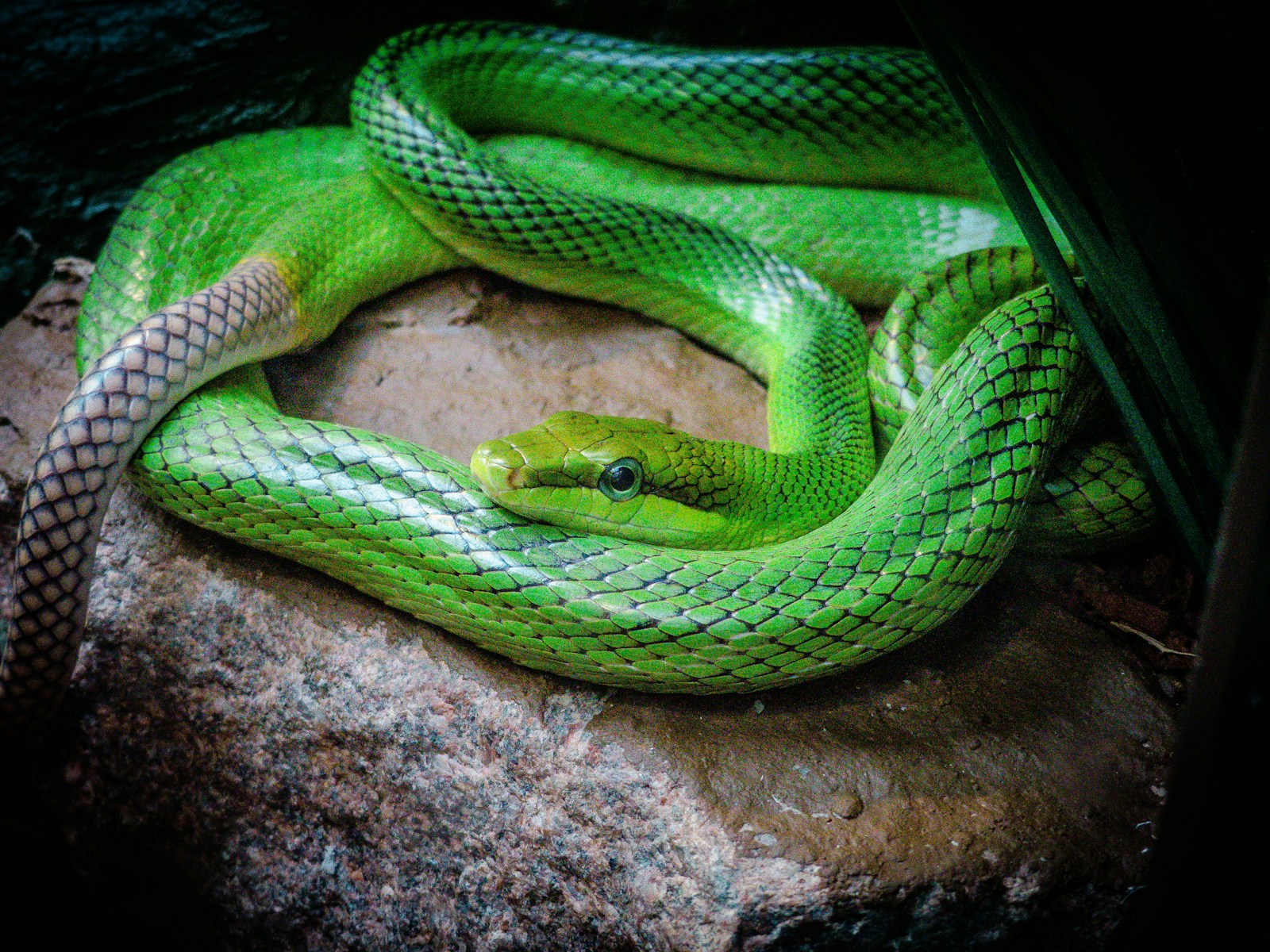The rhythmic sound of waves crashing against the shore has long been associated with the peaceful ambiance of coastal towns. However, in recent years, these serene communities have been experiencing an unexpected phenomenon: an increased presence of snakes. From Florida to California, Australia to the Mediterranean, residents and visitors alike are reporting more frequent encounters with these reptiles. This rising trend has sparked curiosity, concern, and in some cases, fear among coastal communities. Understanding why snakes are making their way into these seaside areas requires examining multiple factors, from environmental changes to human development patterns and the adaptability of snake species themselves.
Climate Change and Rising Temperatures

The warming climate has significantly altered habitats worldwide, and coastal regions are no exception to this transformation. As global temperatures rise, snakes—being ectothermic creatures that rely on external heat sources to regulate their body temperature—find coastal areas increasingly hospitable. The moderate temperatures found in many coastal towns, which are often buffered by ocean breezes, provide ideal conditions for snakes that might otherwise struggle in extreme heat or cold. Warmer winters in particular allow snakes to remain active for longer periods throughout the year, increasing the likelihood of human encounters. Some species that previously couldn’t survive in certain coastal regions are now expanding their ranges, bringing them into contact with coastal communities that have little historical experience with these reptiles.
Habitat Destruction in Inland Areas
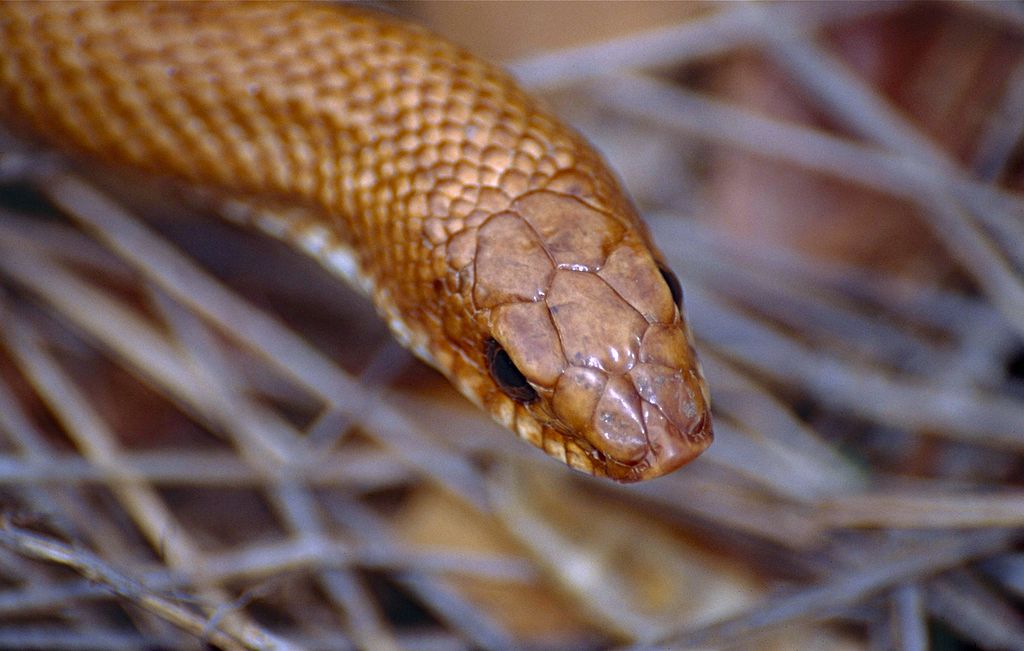
Many snake species are finding themselves displaced from their traditional inland habitats due to deforestation, agricultural expansion, and urban development. As humans clear forests, drain wetlands, and build over natural landscapes, snakes are forced to seek alternative territories where they can find food, shelter, and suitable breeding grounds. Coastal areas, with their diverse ecosystems including dunes, marshes, and coastal forests, often serve as refuge habitats for displaced wildlife. The journey from inland areas to the coast may span generations of snakes, representing a gradual but persistent shift in population distribution. This migration pattern is particularly noticeable in regions where rapid inland development has occurred simultaneously with coastal conservation efforts, creating a push-pull dynamic that draws wildlife toward protected shoreline environments.
Coastal Development and Landscape Changes

The irony of coastal urbanization is that while it destroys some natural habitats, it creates new opportunities for adaptable species like many snakes. Construction debris, landscape materials, and ornamental plantings all provide excellent hiding places and hunting grounds for snakes. The interfaces between developed areas and remaining natural habitats create edge environments that many snake species thrive in, offering access to both human-associated food sources (like rodents) and natural prey. Water management features such as retention ponds and drainage systems provide ideal environments for water-loving snake species. Even seemingly minor landscape features like rock walls, mulched garden beds, and decorative water features can serve as microhabitats that support snake populations in otherwise developed areas.
Abundance of Food Sources
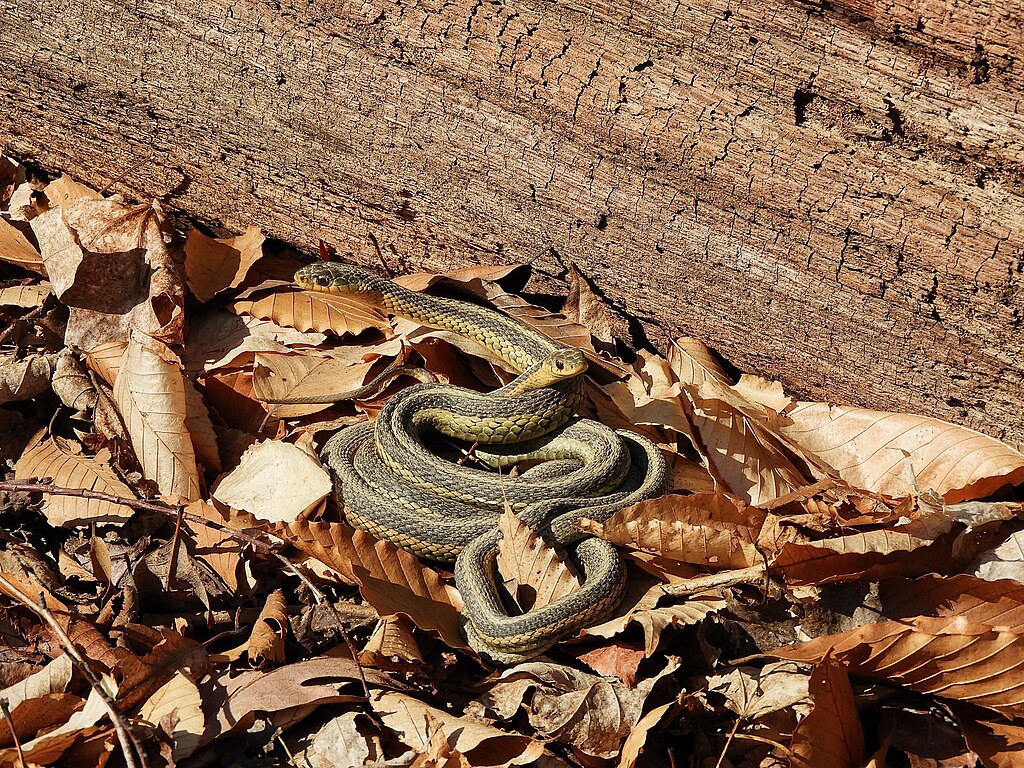
Coastal towns often inadvertently provide bountiful food sources for snakes through human activities and waste management. Rodents that feed on improperly stored food waste, bird populations attracted to feeders, and small reptiles that thrive in gardens all represent potential prey for various snake species. Some coastal developments have disrupted natural predator-prey relationships, allowing certain prey species to flourish without their normal predators, creating opportunities for snakes to fill this ecological niche. Marine environments nearby also contribute unique food sources, with some snake species feeding on fish, crabs, or shore birds that are abundant along coastlines. The combination of natural prey and human-associated food sources often means coastal areas can support larger snake populations than might be expected based on habitat size alone.
Seasonal Tourism and Human Awareness
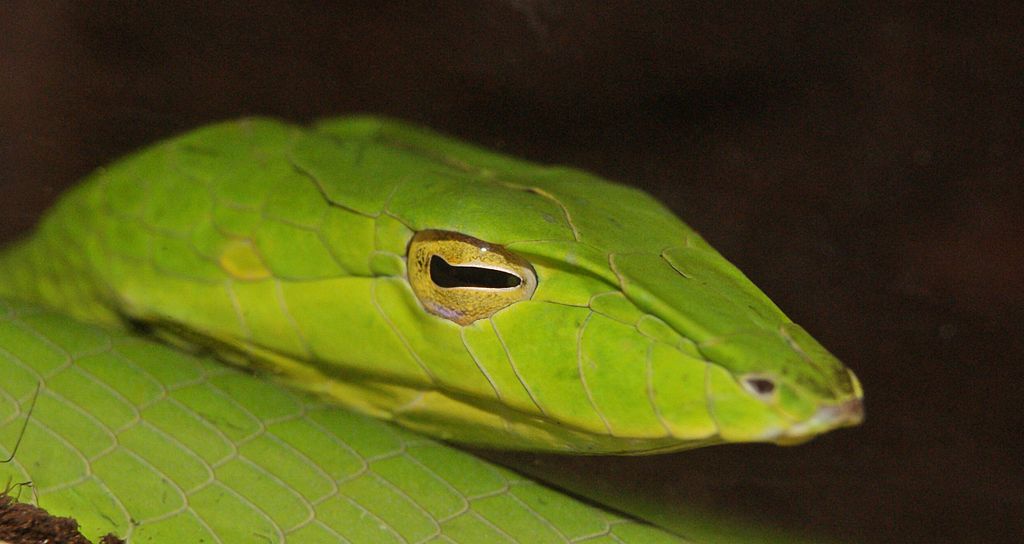
The perception of increased snake presence in coastal towns may be partially attributed to the seasonal influx of tourists and visitors unaccustomed to local wildlife. During peak vacation seasons, more people are exploring outdoor areas, venturing into natural spaces, and potentially disturbing snakes that might otherwise remain hidden. This heightened human activity coincides with periods of increased snake activity, as many species are more visible during their breeding seasons or when juveniles are dispersing to establish new territories. Social media and local news coverage amplify individual snake sightings, creating an impression of greater numbers even when actual populations may remain relatively stable. What longtime residents might consider a normal part of the ecosystem can appear as a concerning trend to visitors or newer residents unfamiliar with the area’s natural history.
Adaptation of Snake Species to Urban Environments
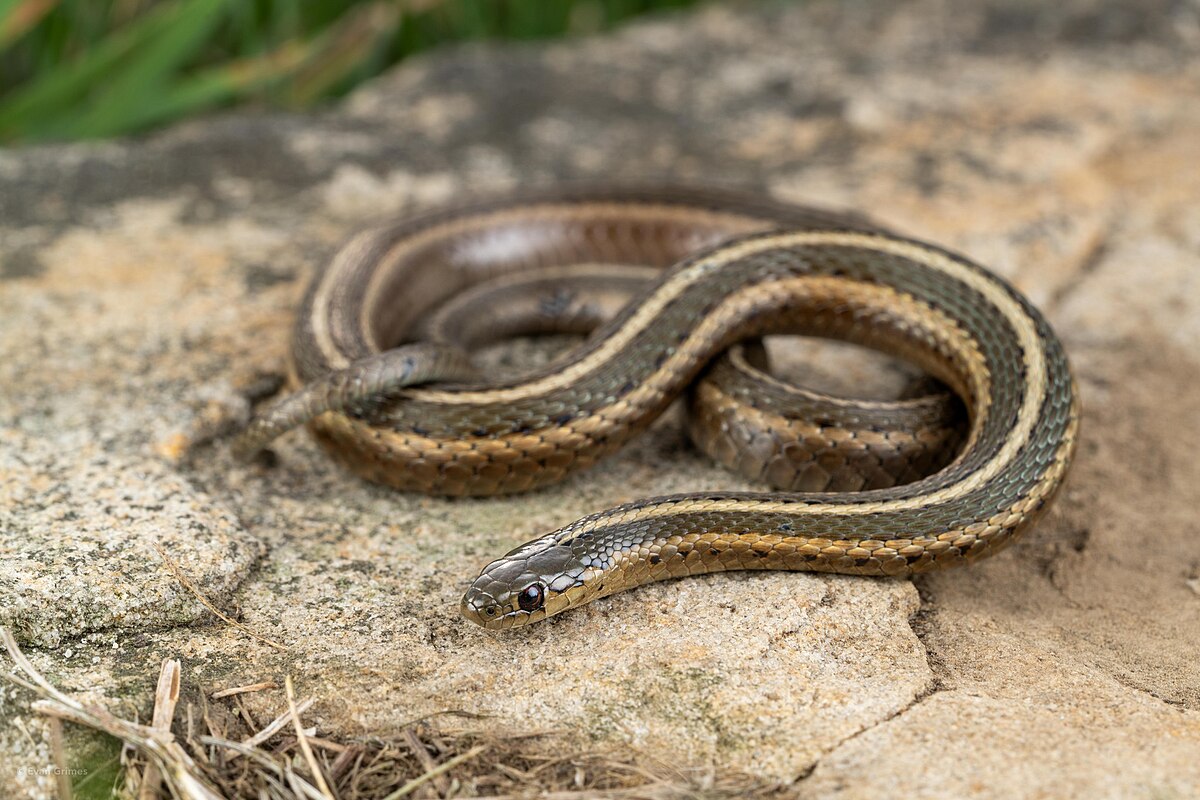
Certain snake species demonstrate remarkable adaptability to human-modified environments, allowing them to not just survive but thrive in coastal towns. Adaptable species like rat snakes, garter snakes, and some water snakes have proven particularly successful at coexisting with humans, often going unnoticed as they exploit resources in developed areas. These urban-adapted snakes may show behavioral differences from their rural counterparts, including altered activity patterns to avoid human contact, different hunting strategies, or modified habitat preferences. Over time, selection pressure may even favor traits that make coexistence with humans more successful, such as tolerance for human disturbance or ability to utilize artificial structures. The snakes most commonly encountered in coastal towns are typically those with the greatest behavioral plasticity and dietary flexibility.
Rising Sea Levels and Coastal Compression
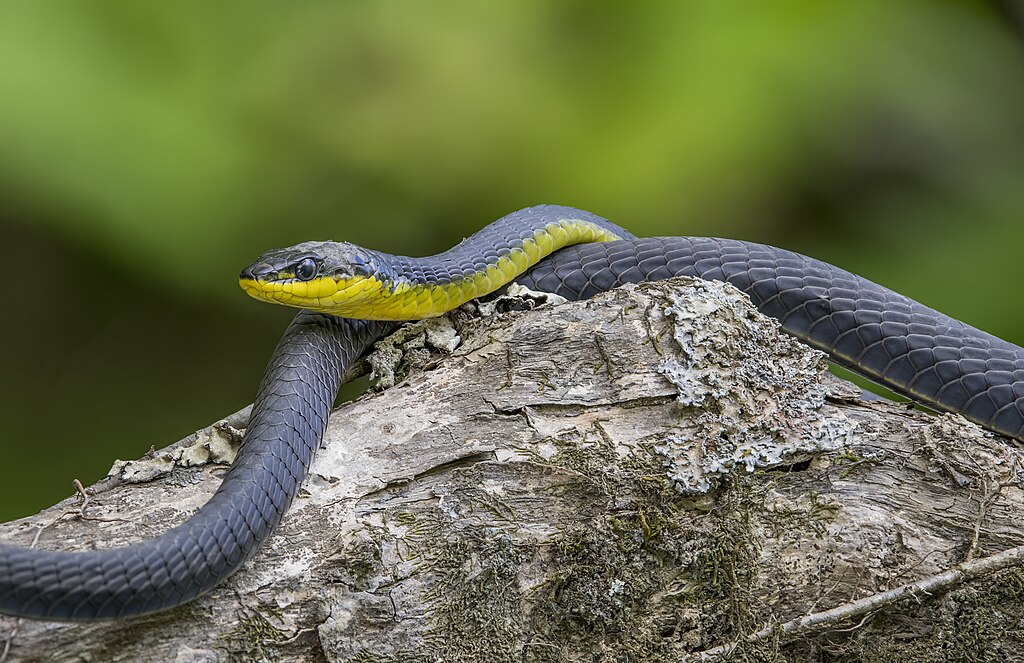
Sea level rise presents a significant but often overlooked factor in the redistribution of snake populations along coastlines. As ocean waters encroach upon coastal habitats, both wildlife and human development are being compressed into narrower bands of land, increasing the likelihood of encounters. Salt water intrusion into freshwater systems can drastically alter habitat suitability, forcing some species to relocate while creating opportunities for salt-tolerant species. Erosion and changing shoreline dynamics eliminate some snake habitats while creating others, leading to fluid patterns of snake distribution that may appear as increased presence. In regions experiencing rapid sea level changes, these effects can manifest as sudden increases in snake sightings as populations are displaced from areas becoming too saline or frequently flooded.
Weather Extremes Driving Snakes to Seek Shelter
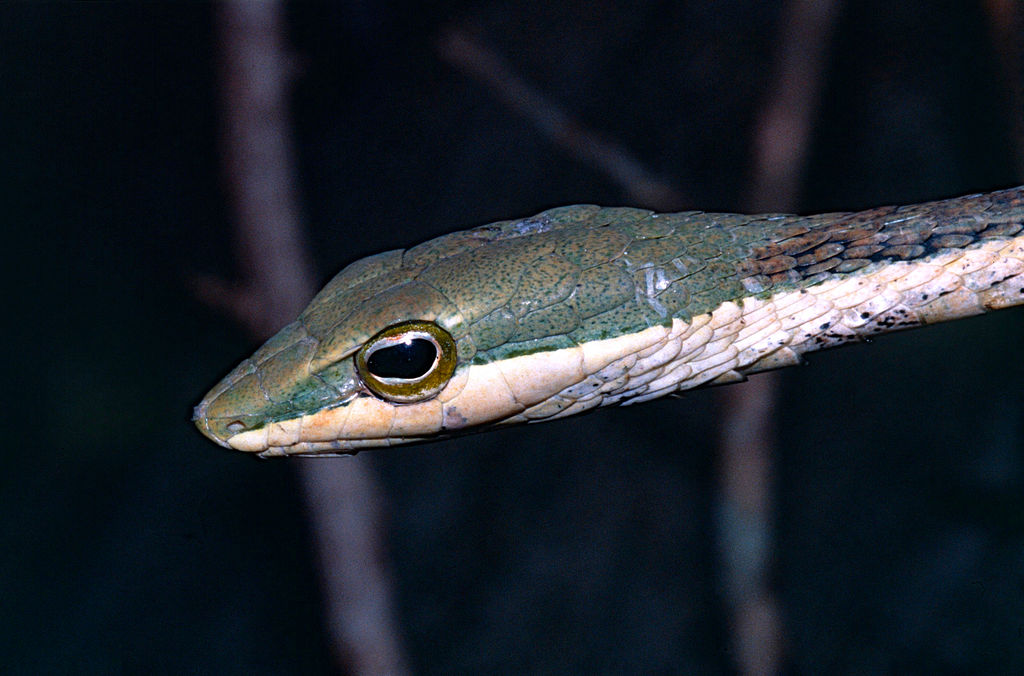
Increasingly unpredictable and severe weather events associated with climate change may temporarily drive snakes into human spaces as they seek protection. Flooding is particularly significant in coastal areas, with rising waters forcing snakes to higher ground which often includes human structures and developed areas. Drought conditions can similarly push snakes toward human settlements where irrigation maintains moisture levels suitable for these moisture-dependent reptiles. Major storms like hurricanes can cause immediate and dramatic redistributions of snake populations, with recovery periods lasting months or years as habitats regenerate. Even daily weather fluctuations influence snake behavior, with many species becoming more visible during specific weather conditions such as after rain or during humidity changes, contributing to the perception of increasing numbers.
Reduction in Natural Predators
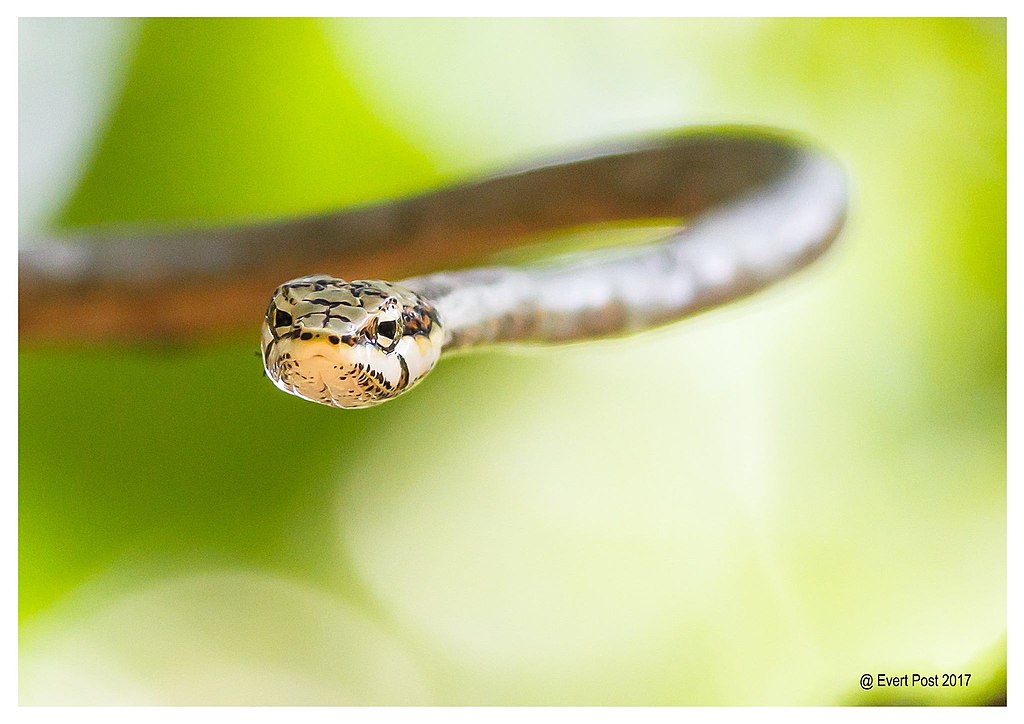
Many natural predators of snakes have experienced population declines due to human activities, allowing snake populations to increase in their absence. Raptors such as hawks and eagles, which prey on snakes, often struggle with habitat fragmentation and pesticide exposure in developed coastal areas. Medium-sized mammals that eat snakes, including foxes and raccoons, may be actively discouraged from residential areas through pest control measures or driven away by domestic pets. Larger predatory birds like herons and egrets can be displaced by shoreline development that disrupts their feeding and nesting habitats. Without these natural population controls, snake numbers may naturally increase to levels that seem unusual to human observers accustomed to artificially suppressed populations.
Introduction of Non-Native Snake Species
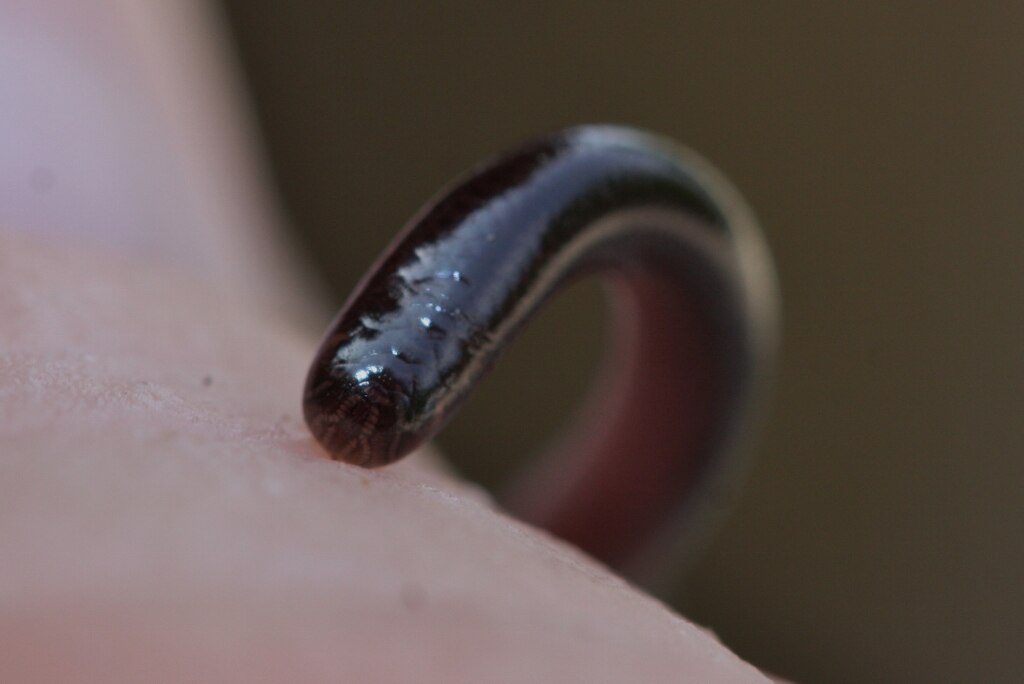
The pet trade has contributed significantly to snake presence in some coastal communities through escaped or released non-native species. Popular exotic pets like ball pythons, boa constrictors, and various colubrid species may be released by owners unable or unwilling to continue caring for them as they grow larger. In regions with suitable climates, such as Florida or parts of the Mediterranean, these escaped exotics can establish breeding populations that may outcompete native species or occupy new niches. The Burmese python situation in the Florida Everglades represents perhaps the most dramatic example of this phenomenon, with significant ecological impacts radiating outward to coastal communities. Non-native species often lack the natural predators and diseases that would normally control their populations in their native ranges, allowing them to proliferate more rapidly than native snake species.
Impact of Coastal Conservation Efforts
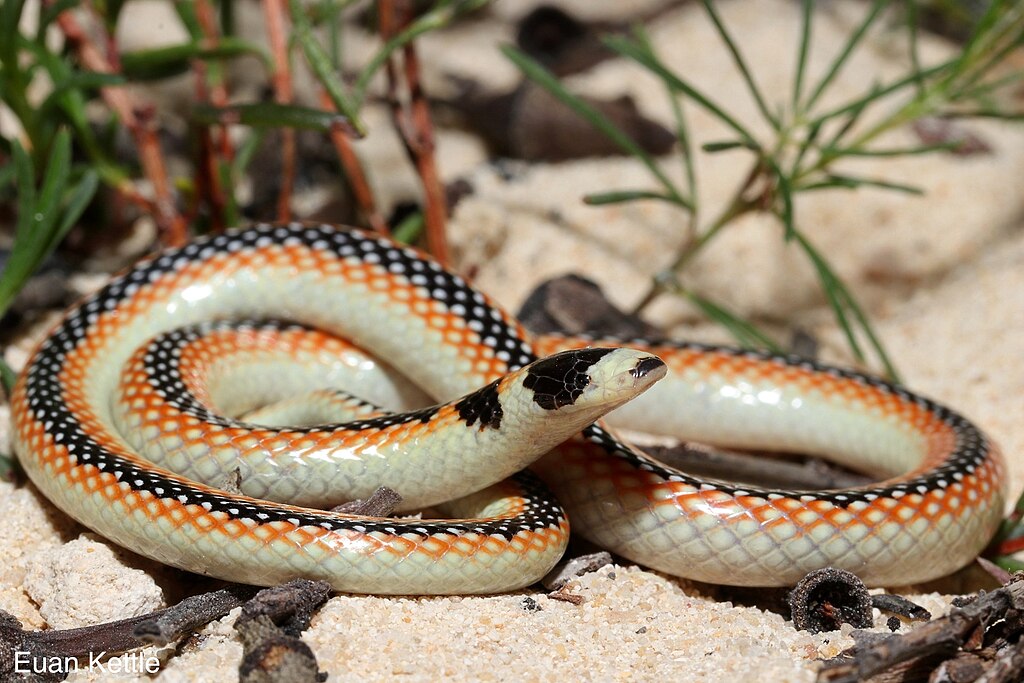
The success of coastal conservation initiatives designed to protect and restore natural habitats has inadvertently created more suitable environments for snake populations. Restored wetlands, protected dune systems, and regenerating coastal forests provide ideal snake habitat with abundant prey, appropriate shelter, and reduced human disturbance. Buffer zones established between development and sensitive coastal ecosystems create protected corridors that allow wildlife, including snakes, to move between habitat patches safely. The improved water quality resulting from pollution reduction efforts supports healthier aquatic ecosystems that benefit water snake species in particular. Conservation policies that limit further development or require wildlife-friendly design elements in new construction help maintain habitat connectivity critical for snake populations to remain genetically healthy and resilient.
Human Responses and Coexistence Strategies
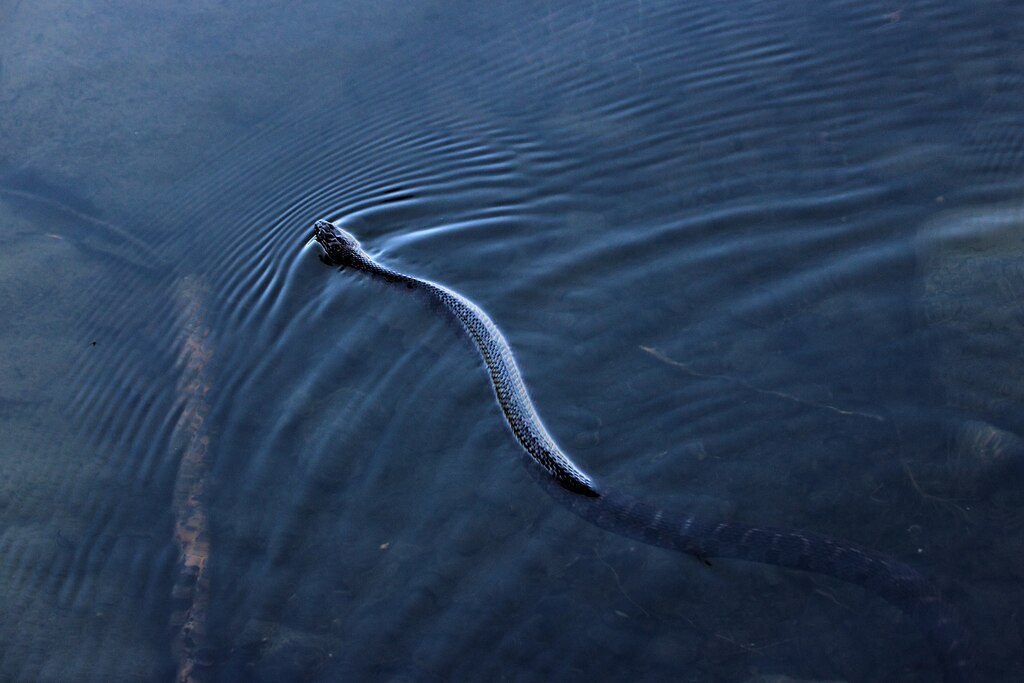
As snakes become more common in coastal towns, communities are developing various approaches to manage human-snake interactions. Educational programs offered by wildlife agencies and conservation organizations help residents identify local snake species, understand their ecological value, and distinguish between venomous and non-venomous varieties. Landscape management practices such as keeping vegetation trimmed near buildings, eliminating brush piles near high-use areas, and sealing potential entry points into structures can reduce unwanted snake encounters without harming snake populations. Some communities have established response protocols for snake removal from public areas, often emphasizing relocation rather than killing when snakes appear in inappropriate locations. These balanced approaches recognize that snakes play important ecological roles in controlling rodent populations and maintaining healthy ecosystems, even as they work to minimize negative human-wildlife interactions.
Conclusion
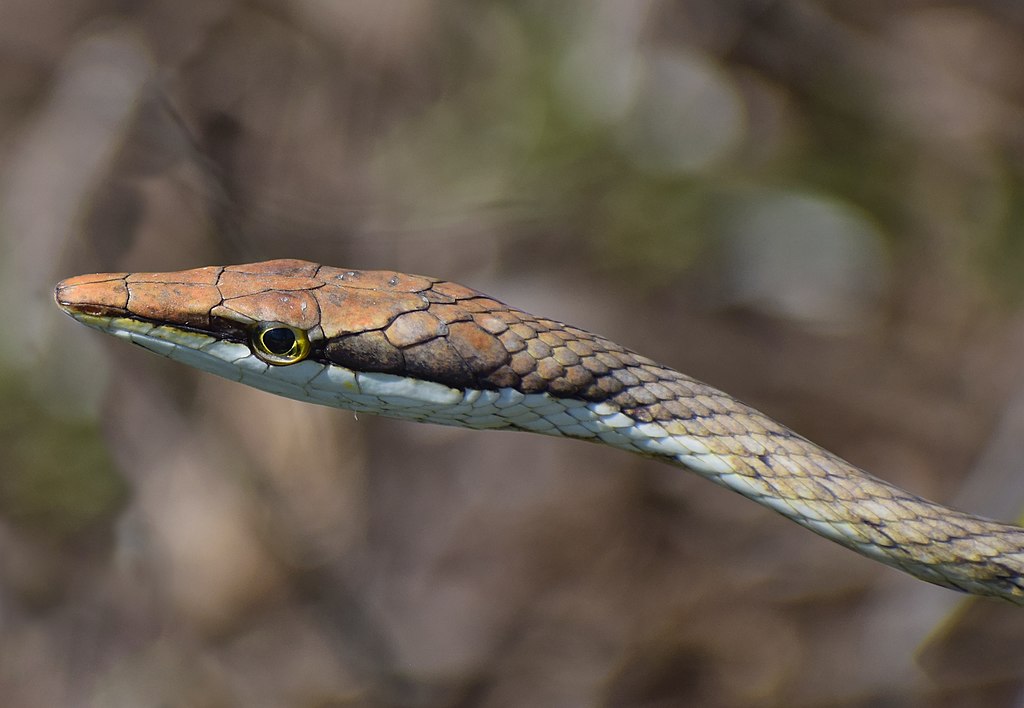
The increasing presence of snakes in coastal towns represents a complex ecological response to multiple environmental and human factors. Rather than a single cause, this phenomenon reflects the interplay of climate change, habitat alteration, human development patterns, and the remarkable adaptability of snakes themselves. While potentially concerning to residents unaccustomed to encountering these reptiles, this trend also demonstrates nature’s resilience and ability to adapt to changing conditions. As coastal communities continue to evolve in response to environmental changes and development pressures, finding ways to coexist with snakes and other wildlife will become an increasingly important aspect of coastal living. Through education, appropriate habitat management, and respect for these important ecological players, humans and snakes can share coastal environments in ways that maintain safety while preserving biodiversity.

